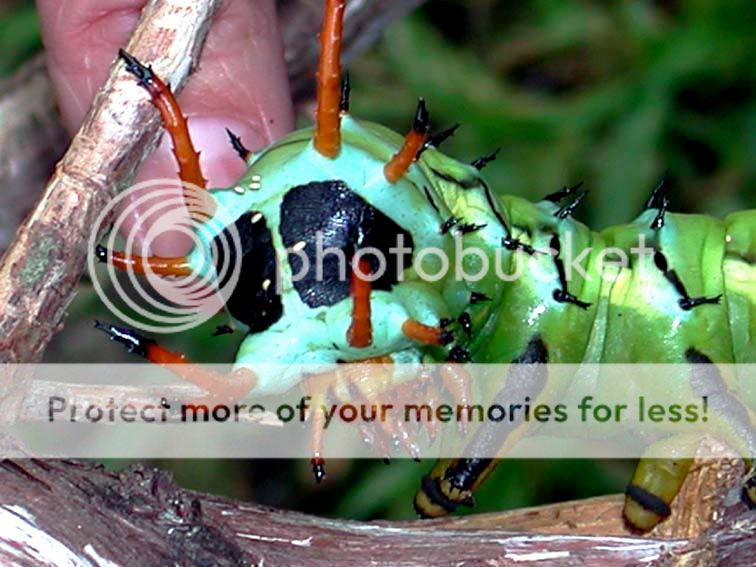- Joined
- Feb 11, 2008
- Messages
- 387
Hey, I'm having trouble making heads for the models I make. I was wondering if someone knows a good strategy to make heads. I looked at the tutorials over at wc3c and that "origami" type of modeling heads was just way too advanced... or strange for me to understand. I model in 3ds Max 9 and I prefer using a box or cube as my start, but I'm open to other suggestions as long as they are helpful to me.
Thanks,
GnoobSauce
Thanks,
GnoobSauce












